Newborn Club Foot Causes

Clubfoot Orthopaedia

Clubfoot For Parents Nemours Kidshealth

Preparing For A Baby With Clubfoot David Gleitman Dpm
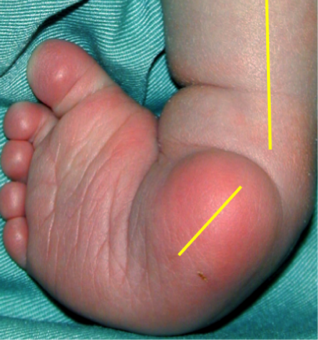
Assessing Children With Clubfoot Physiopedia
:max_bytes(150000):strip_icc()/GettyImages-976611000-781e705fad0e43aca41e5f5fc82f7b7e.jpg)
Learn About Clubfoot Deformity In Newborns

A Pair Of Shoes Can Change A Life Our Clubfoot Journey
Doctors once thought a clubfoot was a result of a baby’s foot being twisted or cramped in the womb.

Newborn club foot causes. Feet of babies with this type of clubfoot are stiff and hard to manipulate. Because the front leg bone does not grow properly, the femoral structure pushes the dog's foot outward or inward. If a parent and child are affected, the recurrence may be as high as 25%.
Are not removed, this finding can be easily missed. But the condition may be passed down through families in some cases. The unusual appearance of the foot may make your child's body image a concern during the teen years.
Claw toes may cause pain and lead to calluses on the top of the toe over the first joint, but may also be painless. They may be the first sign of a more serious disease of the nervous system. Doctors don’t know what causes it, and.
The exact cause of clubfoot is unknown, but doctors agree that a family history of clubfoot increases the likelihood that a child will be born with the condition. It happens when a baby’s foot and leg muscles, ligaments and tendons don’t develop properly while the baby is in the womb. Club foot can cause significant problems as the child grows.
Club Feet Edema of the Feet. Others think clubfoot happens because of abnormal nerve function in the leg, or because of abnormal tissues in the muscles and tendons of the foot. Occasionally, the doctor may request X-rays to fully understand how severe the clubfoot is, but usually X-rays are not necessary.
It can range from mild and flexible to severe and rigid. This means it’s present at birth. The condition can also be caused due to environmental and genetic factors.
What causes clubfoot Researchers are still uncertain about the cause of most cases of clubfoot. This happens because the tissues that connect muscles to bone (called tendons) in your baby’s leg and foot are shorter than normal. What is known, however, is that there is an increased risk in families with a history of clubfeet.
What is known, however, is that there is an increased risk in families with a history of clubfeet. This congenital anomaly is seen in one out of every 1,000 babies, with half of the cases of club foot involving only one foot. This causes the foot to point downward and inward.
An examination of the feet is an essential component of an evaluation of a newborn. Clubfoot (also called talipes equinovarus) is a birth defect of the foot. In almost half of affected infants, both feet are involved.
The foot abduction brace is used only after the clubfoot has been completely corrected by manipulation, serial casting, and possibly a heel cord tenotomy. The cause of clubfoot is not well understood. Next Steps in Treatment.
Clubfoot is a birth defect that causes your baby's foot to point down and be turned inward. Inability to walk normally. Clubfoot is a common birth defect, affecting approximately 1 out of every 1,000 newborns.
The foot abduction brace, which is the. Not all experts agree on congenital clubfoot causes. Congenital vertical talus is an uncommon cause of a type of flatfoot in newborns.
The word “club-foot” refers to the shape of head of golf club and that is how the shape of newborn child looks like. Club foot refers to a tendon flaw that causes the hoof to be very upright. Instead of being straight, a clubfoot points down and turns in.
The appearance of your baby's foot with congenital vertical talus is a sole that looks like the bottom of a rocking chair. While this is true of some foot deformities that get better on their own as children get older, doctors no longer believe that a baby’s position in the womb causes clubfoot. The condition may create problems fitting into shoes.
Shoes attached to the bar may cause pressure blisters and sores. In some cases,. The treatment for clubfoot typically begins soon after the child is born.
It can be mild or severe and occur in one or both feet. Clubfoot is a deformity of the foot and lower leg. Clubfoot is a congenital condition.
Clubfoot is a relatively common birth deformity of the baby’s Achilles tendon, a band of tissue on the back of the leg that connects the calf muscles to the heel. Despite its small size, the newborn foot is a complex structure. Risk factors include a family history of the disorder and being male.
This causes the tissues around the ankle to hold the foot in an abnormal position. Vertical talus is less common, affecting about 1 out of every 10,000 newborns. Clubfoot is thought to be a genetic condition.
If either of the parents or their other children have had clubfoot, the baby is more likely to have it as well. Researchers are still uncertain about the cause of clubfoot. In almost half of affected infants, both feet are involved.
It’s when a baby’s foot turns inward so that the bottom of the foot faces sideways or even up. The most common type of clubfoot is idiopathic, which means the cause is unknown. There is currently no known cause of idiopathic clubfoot, but baby boys are twice as likely to have clubfoot compared to baby girls.
Boys are about twice as likely to develop clubfoot than girls are. It's often associated with other congenital or chromosomal abnormalities. Clubfoot can range from mild to severe.
Clubfoot causes the heel to point downward while the front half of the foot (forefoot) turns inward. Most newborns have two major creases on the palm, neither of which completely extend from one side of the palm to the other. The cause of clubfoot is also linked to some skeletal disorders like spina bifida and hip dysplasia in which the spinal cord fails to develop since birth.
While this is not expected to cause a significant functional problem, cosmesis can be of concern as the. The cause is unknown in many cases. Although it might be a genetic condition, most families show no clear.
Most commonly, a doctor recognizes clubfoot soon after birth just from looking at the shape and positioning of the newborn's foot. While it can be associated with other congenital malformations. Clubfoot is the most common congenital disorder of the legs.
It is not clear exactly what causes talipes. It’s when one or both feet are turned inward. Watch this video to know everything about clubfoot in babies, right from the causes, symptoms, and treatment.
She has had a series of procedures which assisted in partially correcting the abnormality. Often, club foot affects both front legs with one being more severe than the other. Do you suspect your baby may have clubfoot?.
Your child is likely to develop arthritis. If a parent does not have club foot, than recurrence risk is based on gender of first born — 2% recurrence risk with male child and 5% for a female child. Clubfoot develops because the tendons in your baby's leg and foot are shorter and tighter than normal.
The true cause of clubfoot has not yet been determined even after various studies and research have been made. In clubfoot, the ligaments and tendons that hold the muscles to the bones are too tight. These tight tendons cause the foot to twist out of shape.
Babies with this condition are born with their foot and ankle excessively bent up, where the toes are usually touching the shin. A clubfoot isn't painful and won't cause health problems until a child begins to stand and walk. Canine clubfoot, also known as congenital talipes equinovarus, is a genetically defined deformation that has more to do with the leg bone than the foot.
Club foot can cause significant problems as the child grows. Children with a family history of the condition are more likely to be born with it. Genetic factors are believed to play a major role, and some specific gene changes have been associated with it, but this is not.
Calcaneovalgus foot is one of the most common deformities of the foot seen in newborns. In babies who have clubfoot, the tendons that connect their leg muscles to their heel are too short. Once a child has been born with clubfoot, the chance for it to happen again depends on several factors.
Also, mothers who smoke and drink. If there is a family predisposition, the risk of having a child with clubfoot is increased. Clubfoot is easily diagnosed during the initial physical examination of the newborn.
Idiopathic clubfoot is not related to any other medical problems. A thorough examination can be performed quickly. Normal Hand Crease.
But with early treatment most children born with club foot are able to lead a normal life. After birth foals acquire club feet when the bones grow faster than the tendons. Clubfoot is a common birth defect.
Causes for clubfoot are not understood. Neurogenic clubfoot is caused by an underlying neurologic condition. Key points about clubfoot in children.
It happens twice as often in boys than girls. These conditions may affect one foot or both, with problems ranging from mild to serious. Nearly one in 1,000 babies is born with clubfoot and one-fourth of them have a family history of the birth defect, which causes the bones and joints of the foot to be aligned incorrectly.
One or both feet may be affected. If you have one child with club foot, your chance of having a second child with the condition is about 1 in 35. Clubfoot happens because the tendons (bands of tissue that connect muscles to bones) and muscles in and around the foot are shorter than they should be.
The cause is not known. A baby can be born with the defect in one or both feet. Genetic causes are discussed.
But with early treatment most children born with club foot are able to lead a normal life. The most widely accepted theory is that clubfoot is caused by a combination of genetic and environmental factors. Oftentimes, the diagnosis of clubfoot can now be made prenatally during the 16-week ultrasound.
With clubfoot, the Achilles tendon is shorter than it should be, which causes the foot to be pulled up into an abnormal position. If the diagnosis is made prenatally, we encourage you to schedule an appointment in the pediatric orthopaedic clinic to discuss diagnosis and treatment options. Most of the time, claw toes are not harmful in themselves.
Club foot can occur before or after birth in foals. Although club foot is painless in a baby, treatment should begin immediately. Most often, it occurs by itself.
However, it is to be noted that the condition is not caused by the position of the foetus in the uterus. The likelihood of having a second child with a clubfoot is about 1:30. Club foot is the condition of foot deformity of the newborn child in which either or both the feet will be twisted or bent towards the toes inward.
The most widely accepted theory is that clubfoot is caused by a combination of genetic and environmental factors. Clubfoot can be caused due to the position of the baby in the mother’s womb. Syndromic clubfoot occurs when the condition is part of a larger syndrome.
Causes of club foot In most cases the cause of club foot isn't known, but there may be a genetic link as it can run in families. Clubfoot is a congenital condition (present at birth) that causes a baby’s foot to turn inward or downward. The Ponseti method is now a widely used treatment for talipes.
Some orthopedic surgeons prefer. Clubfoot is mainly idiopathic, which means that the cause is unknown. My baby girl is 6 years old and her right foot is affected by this condition of club foot.
In children with only one clubfoot, the shoe for the normal foot is fixed on the bar in 30 degrees of abduction. This condition also can occur when a young puppy is denied a nutritious diet. Some believe clubfoot develops because of an abnormally shaped anklebone.
During the daytime, the children wear regular shoes. Your baby's foot bones, muscles, tendons, and blood vessels may also be affected. If one parent has club foot, there's about a 1 in 30 chance of your baby having it.
But medical professionals do understand that clubfoot is not affected by the fetus’ position in the uterus. Fortunately, the tumor was not cancerous and I was treated with steroids to shrink the tumor. This twisting causes the toes to point toward the opposite leg.
Causes of the malposition The causes of congenital clubfoot are ultimately not clear. Talipes equinovarus (once called club foot) is a deformity of the foot and ankle that a baby can be born with. Clubfoot usually happens when the tissues that connect muscles to bone in a baby’s leg and foot are shorter than normal.
The twist of the ankle may not allow your child to walk on the sole of the foot. These can cause congenital contractures, including clubfoot, in distal arthrogryposis (DA) syndromes. This is known as postural clubfoot.
Clubfoot in Newborns Causes. Club foot can happen in one foot or in both feet. However, du to us attending a.
Club foot can happen in one foot or in both feet. The cause of clubfoot is unknown (idiopathic), but it may be a combination of genetics and environment. Although club foot is painless in a baby, treatment should begin immediately.

A Pair Of Shoes Can Change A Life Our Clubfoot Journey

Orthopedic Clubfoot Care Youtube

Club Foot Symptoms And Treatment

Functional Physiotherapy Method Results For The Treatment Of Idiopathic Clubfoot

Clubfoot Foot Disorders
:max_bytes(150000):strip_icc()/clubfoot_after-56a6fb603df78cf7729142e6.jpg)
Photos Of Babies With A Clubfoot

Club Foot Talipes In Babies Causes Signs Treatment Youtube

Clubfoot Talipes Equinovarus Symptoms Diagnosis And Treatment

Clubfoot Llrs
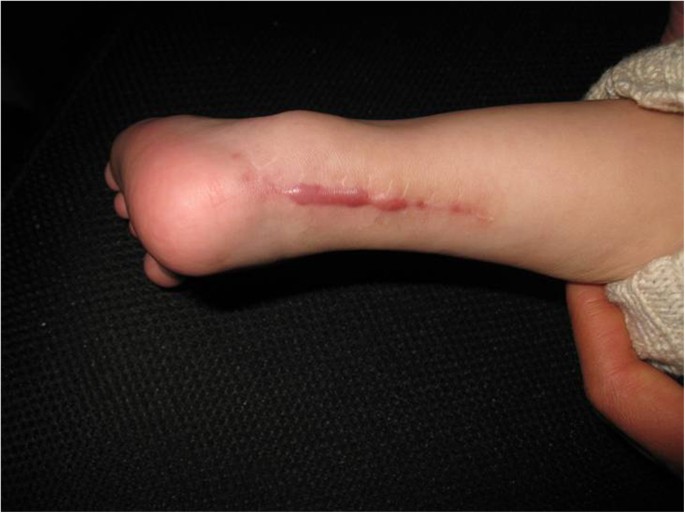
Manipulation And Brace Fixing For The Treatment Of Congenital Clubfoot In Newborns And Infants Bmc Musculoskeletal Disorders Full Text
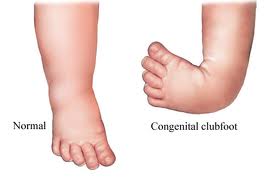
Introduction To Clubfoot Physiopedia
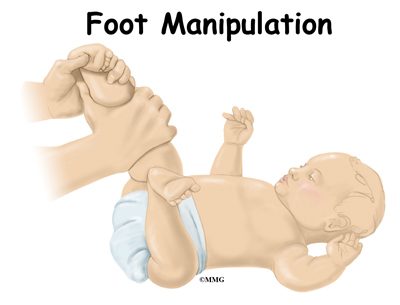
Clubfoot Eorthopod Com
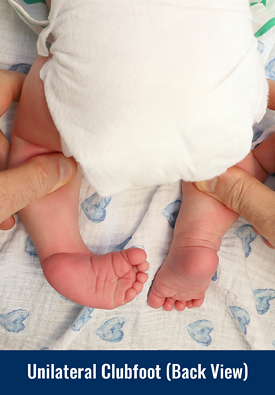
Clubfoot International Center For Limb Lengthening
Clubfoot Orthoinfo os
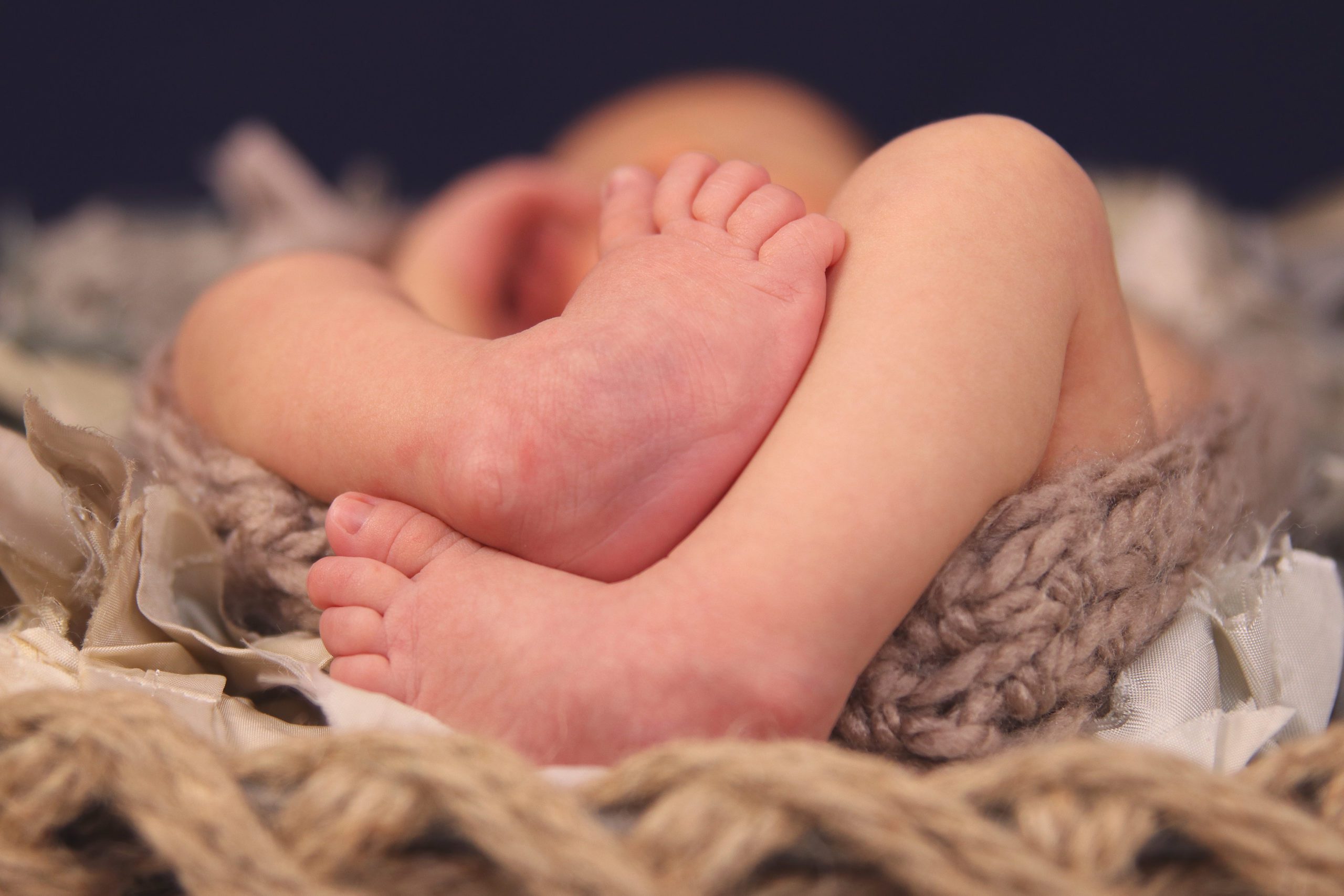
June 3rd World Clubfoot Day
Clubfoot Orthoinfo os

Club Foot Mississauga Foot Clinic
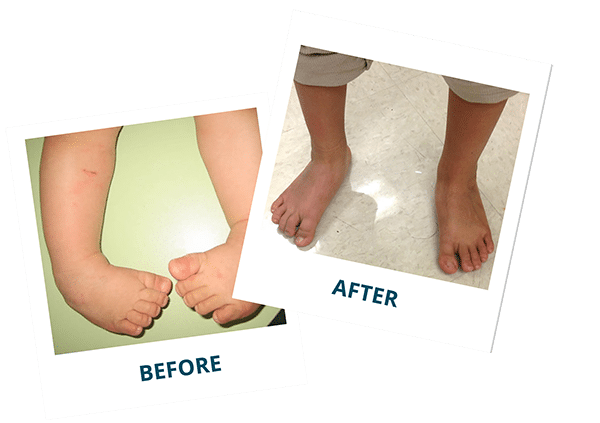
Clubfoot Doctor Ladera Ranch Southern California Foot Ankle Specialists
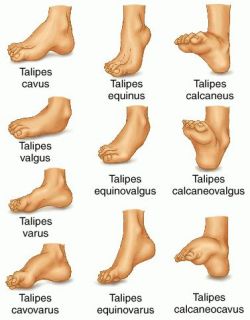
Congenital Talipes Equinovarus Clubfoot Nursing Care Management Nurseslabs

Club Foot Gene Identified
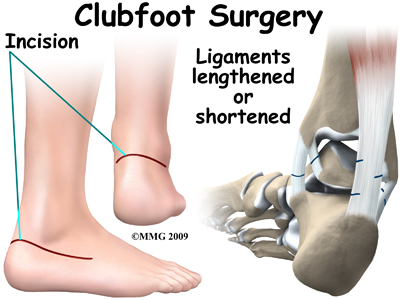
Physical Therapy In Long Island For Pediatric Issues Clubfoot
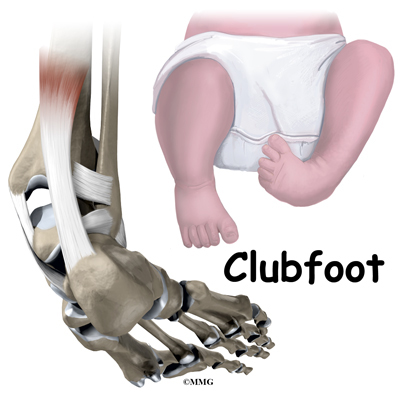
Clubfoot Eorthopod Com

Top 10 Best Products For A Clubfoot Baby Simply Working Mama

Clubfoot Treatment In St Petersburg Florida

Talipes Club Foot Parents Powwow

Challenging Clubfeet The Arthrogrypotic Clubfoot And The Complex Clubfoot Journal Of Children S Orthopaedics
:max_bytes(150000):strip_icc()/GettyImages-976611020-532e1800b14b4c89aec1f2f6a855f199.jpg)
Newborn Baby Foot Problems And Deformities

Talipes Club Foot Health
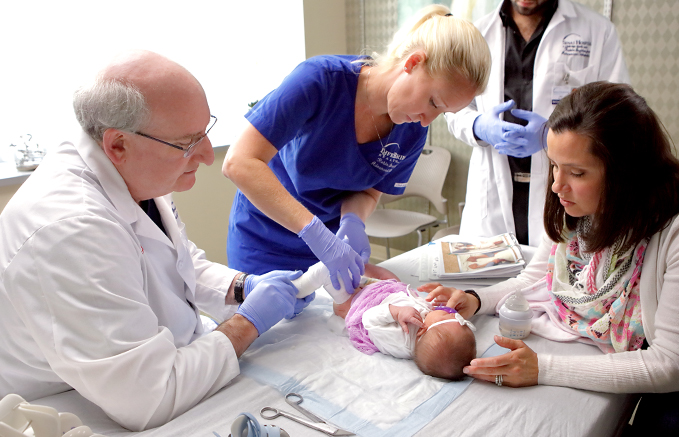
Clubfoot International Center For Limb Lengthening
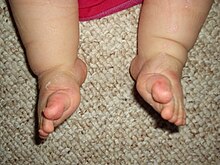
Clubfoot Wikipedia

Clubfoot
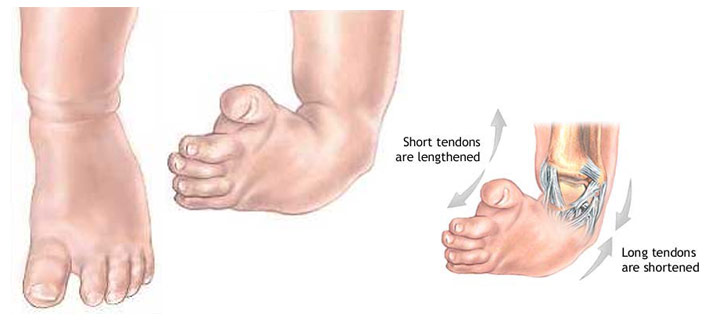
Congenital Talipes Equinovarus Clubfoot Nursing Care Management Nurseslabs

Club Foot Symptoms And Treatment
:max_bytes(150000):strip_icc()/clubfoot_before002-56a6fb5f5f9b58b7d0e5d484.jpg)
Photos Of Babies With A Clubfoot

To Parents Of Children Born With Clubfeet University Of Iowa Stead Family Children S Hospital

What Are The Main Causes Of Clubfoot Interactive Health

Why Leave A Clubfoot For Later

Club Foot Musculoskeletal Medicine For Medical Students Orthopaedicsone

Talipes Babycentre Uk

Clubfoot Johns Hopkins Medicine

To Parents Of Children Born With Clubfeet University Of Iowa Stead Family Children S Hospital
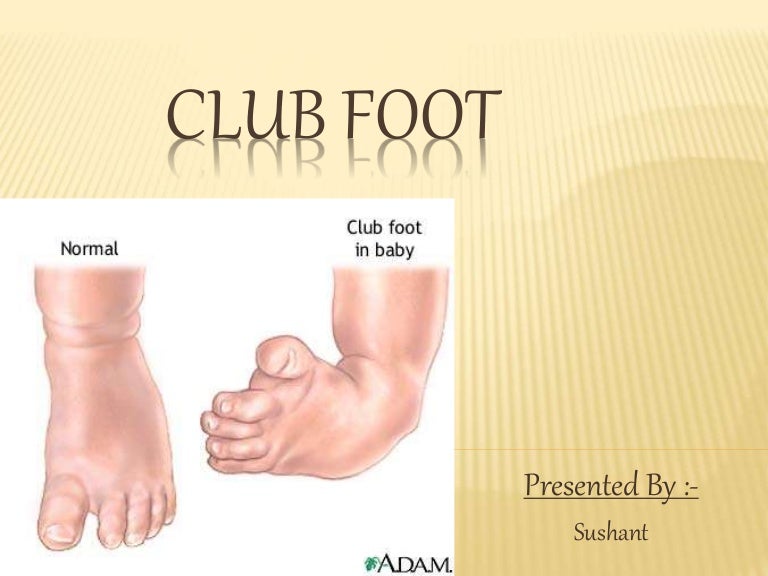
Club Foot
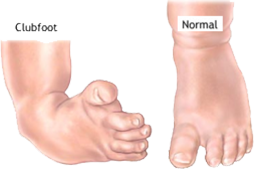
Clubfoot Treatment In Broward Palm Beach Florida Foot Ankle
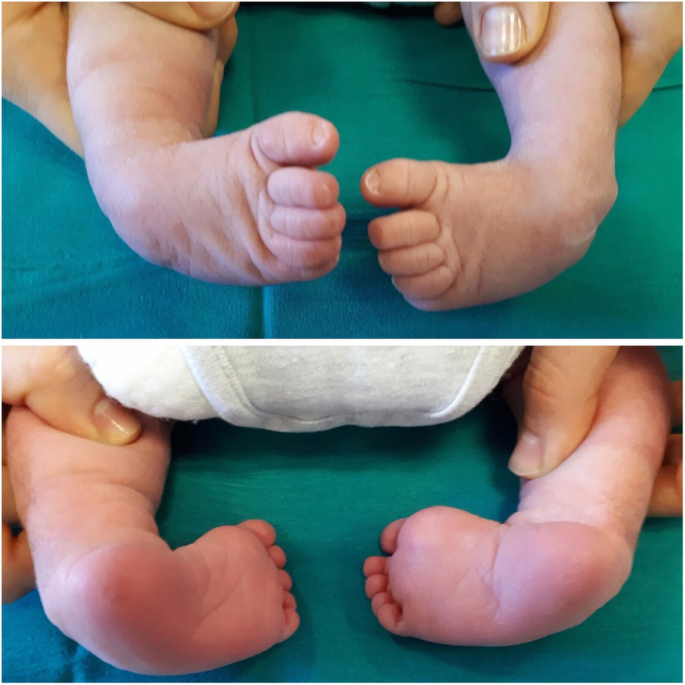
What A Paediatrician Should Know About Congenital Clubfoot Italian Journal Of Pediatrics Full Text
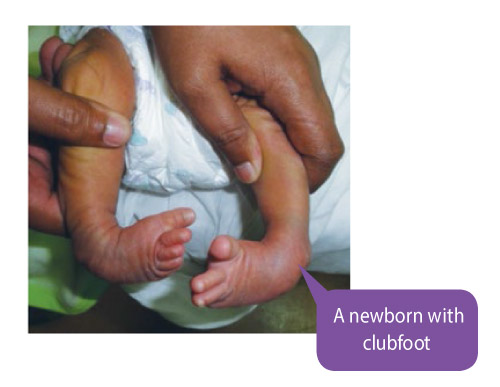
Treating Clubfoot Positive Parenting

Clubfoot Clubfoot Also Known As Pediatric Interesting Cases And Mcqs Facebook
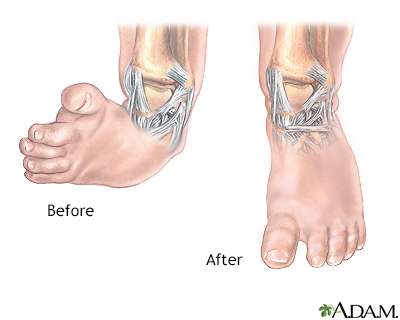
Clubfoot Information Mount Sinai New York
Q Tbn 3aand9gcspz9ti14nfrde5 W7kqr 6zihcmtnkyurnf5cnmmc 4fvtcyh0 Usqp Cau

Club Foot Nhs

Uncommon Iii Grade Clubfoot Congenital Talipes Equinovarus Cte In Download Scientific Diagram

Clubfoot Causes And Treatments

Club Foot

Figure 1 From Orthotic Management Of Talipes Equinovarus In Newborns Using The Newborn Dynamic Torsion Kafo To Reproduce The Sequential Progression Of Ponseti Casting Semantic Scholar

Congenital Idiopathic Talipes Equinovarus American Academy Of Pediatrics

Clubfoot Children S Orthopaedic And Scoliosis Surgery Associates Llp
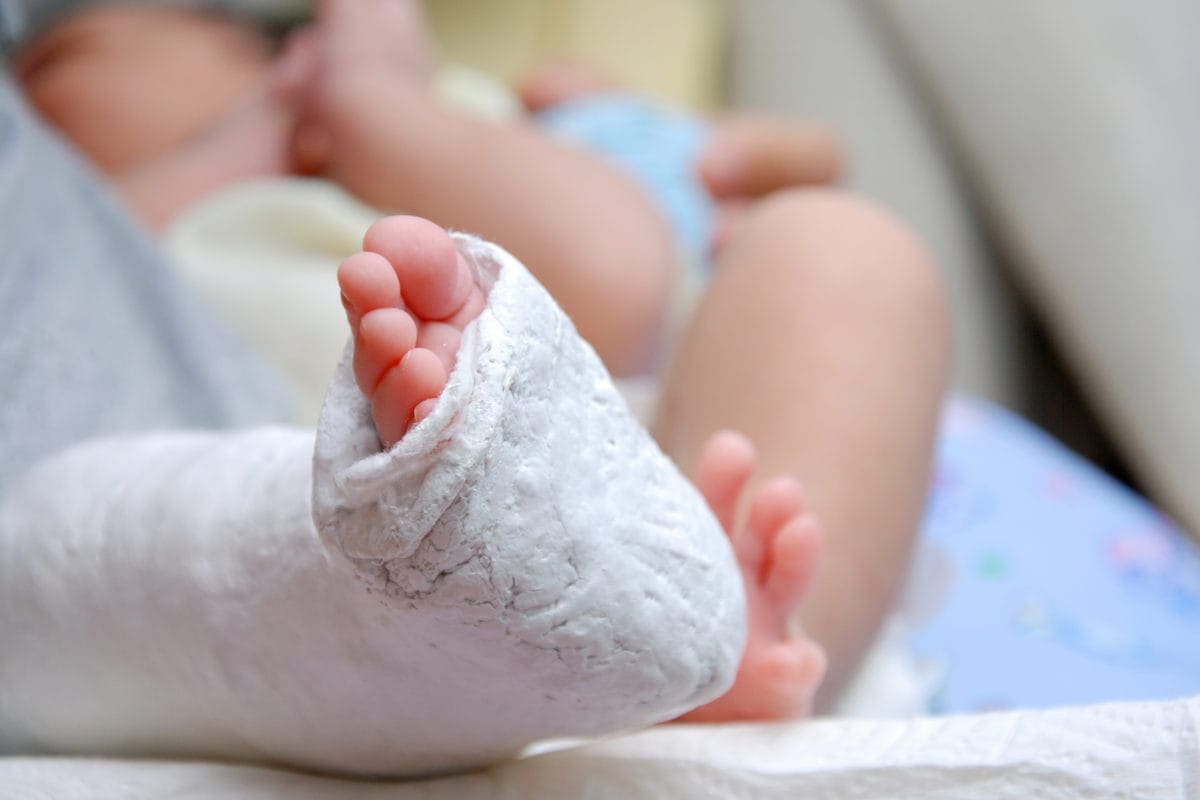
What Is Clubfoot Symptoms And Treatment Familydoctor Org

Clubfoot In Newborns Paedicare Paediatricians

Clubfoot Treatment With A Boots And Bar Orthosis

O G7um7bm1ve0m
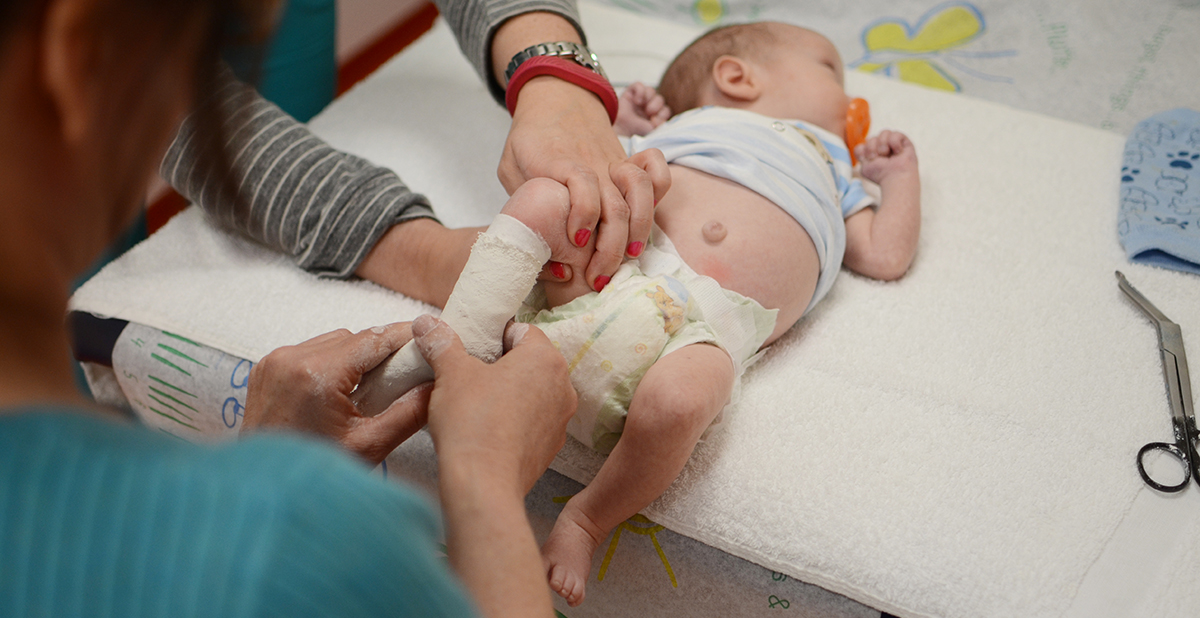
Clubfoot Foot Disorders

Club Foot Nhs
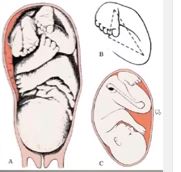
Introduction To Clubfoot Physiopedia

Clubfeet Move And Play Paediatric Therapy

Photos Of Babies With A Clubfoot

Clubfoot Repair Treatments Procedure Outlook
World Clubfoot Day Mater Mothers

Clubfoot Causes And Treatments
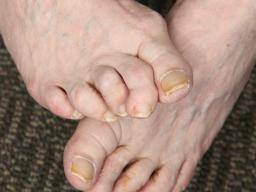
Clubfoot Causes And Treatments

When Your Child Has Calcaneovalgus Articles Mount Nittany Health System

What Is Club Foot With Pictures

Positional Clubfoot

Clubfoot In Newborns Causes Symptoms Diagnostics Schoen Clinic

Club Foot Cause And Treatment Family Health Kidspot
Clubfoot Orthoinfo os
Q Tbn 3aand9gctp62jgxdlybgwfyvfzh Y3p9jo177qwhalpgcofoygxaj3mncw Usqp Cau

Club Foot In Infants Reasons Signs Remedies
Q Tbn 3aand9gcs75ssovg7pr3rdeuni1i8gem4zao5pfdnfwmxvngrhcqxcomhd Usqp Cau
Www Stclair Org Services Mayo Clinic Health Information Diseases And Conditions Con
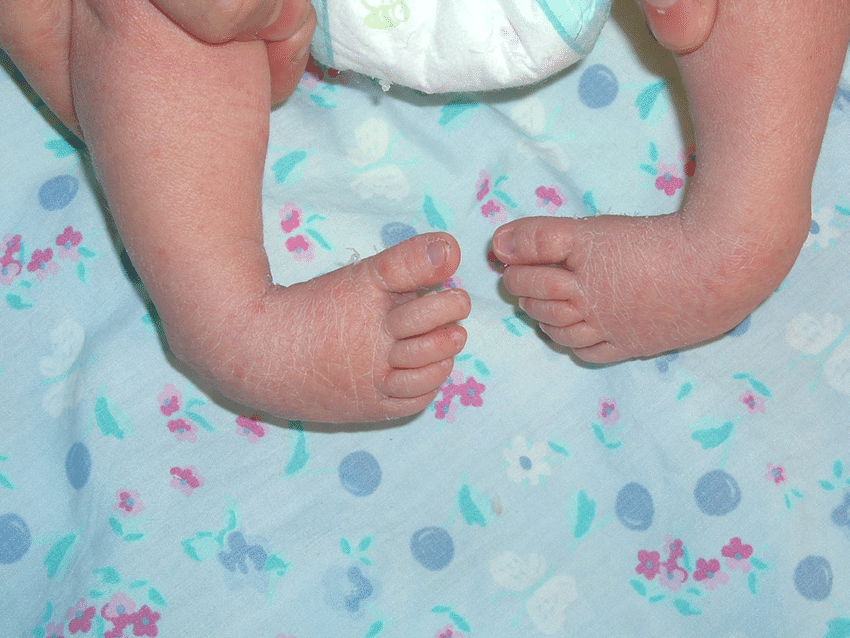
Congenital Talipes Equinovarus Clubfoot Nursing Care Management Nurseslabs

Clubfoot Boston Children S Hospital

30 Best Clubfoot Images Club Foot Club Foot Baby Baby Feet

Clubfoot Phenotype In Pma Pma Mice Human Newborn With Congenital Download Scientific Diagram

About Clubfoot

Clubfoot Congenital Talipes Equinovarus Pediatrics Orthobullets
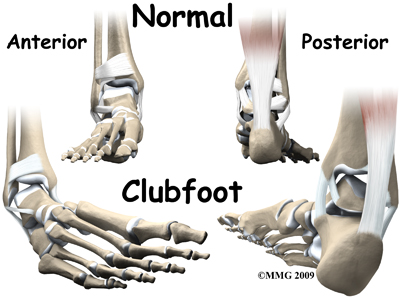
Physical Therapy In Long Island For Pediatric Issues Clubfoot

Congenital Talipes Equinovarus Or Clubfoot Causes And Treatment

Club Foot Shoes Baby Ponseti Shoes For Sale Club Foot Baby Club Foot Baby Club
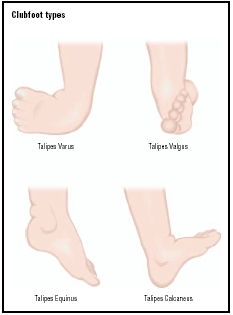
Clubfoot Symptoms Stages Definition Description Demographics Causes And Symptoms Diagnosis

What Is Clubfoot Stanford Children S Health
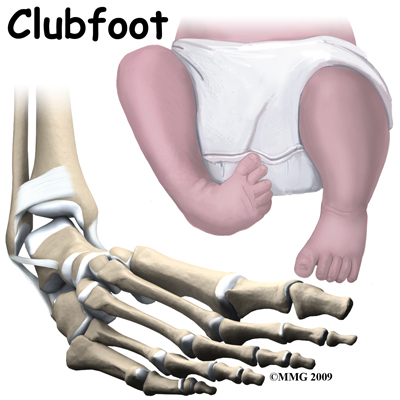
Physical Therapy In Long Island For Pediatric Issues Clubfoot

To Parents Of Children Born With Clubfeet University Of Iowa Stead Family Children S Hospital
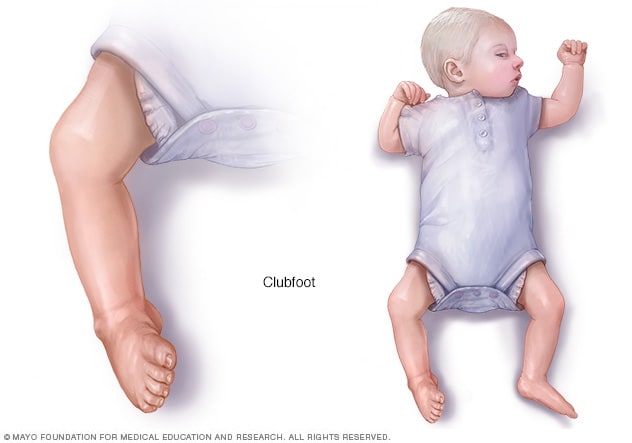
Clubfoot Symptoms And Causes Mayo Clinic
Q Tbn 3aand9gcqfbf Tw7mgf8 Pepof9qwj Szroifzfxqhzgbd1q0a8vuxyewp Usqp Cau

Overcoming Clubfoot One Mom S Story Parents
Clubfoot Orthoinfo os

Foot Problems Pediatrics Clerkship The University Of Chicago

Clubfoot Children S Orthopaedic And Scoliosis Surgery Associates Llp
:max_bytes(150000):strip_icc()/clubfoot_before-56a6fb603df78cf7729142e3.jpg)
Photos Of Babies With A Clubfoot



